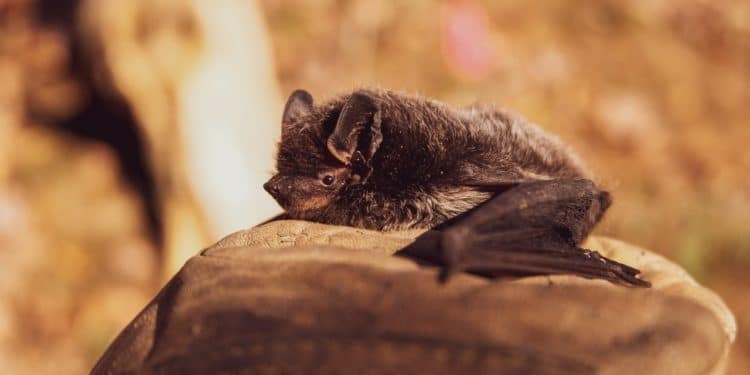If you’re planning to build a house, you may be wondering what to do when you find bats on your land. Bats are an important part of our environment, which is why the law protects them and their habitat. You can’t disturb a bat roost or knowingly kill, injure, or take any bat in the wild, even if they are found on your land. If you want to build your dream home in the UK, then make sure you know how to handle bats before breaking ground. Here’s what you need to know before starting construction.
How Many Species Of Bat Are There In The UK?
There are 17 species of bat found in the UK. The most commonly encountered bat is called the pipistrelle. This animal has reddish-brown fur and can be found throughout the UK.
Bats And The Law
In the UK, bats are protected by law. You will need to read up on the rules and regulations relating to the protection of species like this when building your dream home. There are several reasons why bats are protected by law; this is to protect their habitat and ensure they have safe places to roost.
If you find bats on your land, it doesn’t necessarily mean you can’t build a house there. However, there are considerations you will need to make if bats are found on your land, which a specialist bat surveyor can advise you on. They will be able to tell you what you need to do in order to protect the bats on your land, such as creating alternative roosts and habitats. In some cases, your surveyor may advise that no action is needed as long as there are plenty of suitable habitats nearby for them to move into after construction is complete.
Where Do Bats Roost?
Bats roost in a variety of places. They can live in trees, buildings, caves and mines. The most common type of bat roost is in tree cavities or places with an area of darkness to hide from predators. If you find bats on your land, make sure you research the location, as this will help you create alternatives in other areas of your land.
Bat Surveys
One of the first steps in building your home and dealing with any bats on your land is to conduct a bat survey. A bat survey will provide you with an accurate estimate of the number of bats living on or near your land, as well as whether they are being disturbed by construction activities. It’s best to conduct the survey before you start construction to avoid harming any bats that may be present. If you’re about to undertake a construction project to build your dream home, and need a bat survey before you begin, head over to Arbtech and check out the expert service they provide to assess your property for bats.
What To Do If There Are Bats
If you find bats on your land, there’s a good chance they’re living in tree cavities or an old disused building. The law protects bats and their habitat, so if you want to demolish the old building, you’ll need to check whether or not it is a bat roost. Bats are important for pest control and pollination. So, if you do find bats on your land, then this might be a good sign that it’s a healthy area with plenty of bugs for them to munch on. If you plan to build on the land where the bats were found, make sure you know how to handle them before breaking ground, such as creating new habitats and for them to move to. You’ll need to hold off construction until the bats have left and make sure any new buildings are bat-proof.
Protecting The Bats During Construction
If you find bats on your land, there are a few things you can do to ensure the bat population remains healthy.
First, make sure that the bat’s roosts are not disturbed. They need to fly out of their roost and into the night sky in order for them to be able to feed. If the construction disturbs them or traps them in their roosts, then they could be injured or starve.
You also need to make sure that the bat habitat is protected during construction. Bats need food, water and shelter in order to survive. The easiest way to protect their habitat is by fencing off the area with netting or wire mesh while construction takes place. This will ensure that no one is tempted to go into this section while the building work is going on, which could lead to causing the bats distress. If you’re building a new house in the UK, these two steps will help protect the bats and keep them healthy as development takes place on your property.
Providing Alternative Roosts And Habitats
If you discover a bat roost on your land, you’ll need to provide an alternative roost and habitat for them. You can set up a bat house on your property as long as it’s at least 30 feet away from any buildings. However, some bat houses are designed to be placed on the roofs of buildings; they give bats the perfect place to roost while preventing them from entering the property. Other bat houses can be placed on trees, and you can plant plenty of vegetation that will encourage insects into the area for them to feed on. Bats are important parts of our environment, so make sure you find out what to do when you find bats on your land before starting construction on your perfect home.
Other Protected Species
It’s important to know that bats are not the only protected species in the UK. You can’t disturb, kill, or take any other protected species either. The law protects all wildlife from disturbance and persecution, including owls, doormice, badgers, great crested newts, and rare or wild plants, such as bluebells and poppies. Bats are also protected by law at all times of the year, whether they roost in trees or buildings, even if you own the building.













































































